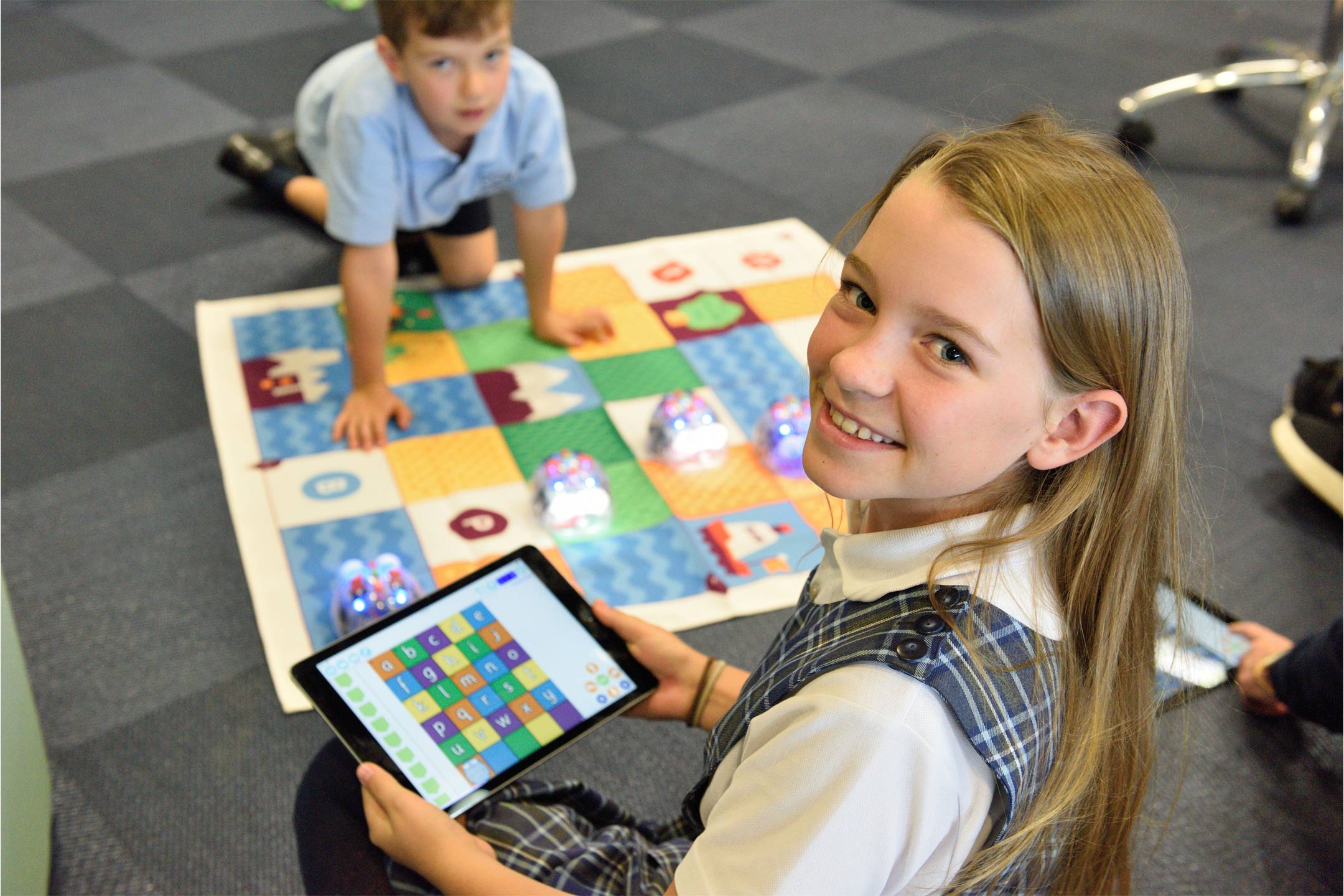
20 Jan Shaping children’s engagement with technology in the classroom
There is no doubt about it, writes Rebecca Burley, COVID-19 has impacted the way that all of us interact and use technology in our day to day lives.
It’s the same in the classroom. While innovation in technology has shaped learning for years, just a few impactful months has drastically changed the way that both students and teachers engage with the medium.
Throughout COVID, while the country was in lockdown, online connectivity provided continuity for students while they were unable to be physically present in a classroom. Video conferencing technology allowed teachers to check in and provide lessons online, while platforms such as Seesaw and Compass enabled students to receive personalised learning assignments to complete at their own pace.
In April, a national survey of more than 10,000 Australian teachers showed that only 30 per cent of teachers had been trained to deliver remote learning prior to the onset of COVID, and 80 per cent felt unprepared for the transition. While there were certainly a few teething issues and disrupted video calls, it’s a testament to all teachers who pushed through these barriers to ensure children remained connected and learning.
In the transition back to the classroom, I’ve spoken to many of my own teaching colleagues who have identified the need to strike a balance between utilising technology and its benefits, and ensuring children are given opportunities to step away. With children spending hours behind a screen to learn and play, coming back into a physical learning environment has seen many teachers go back to basics to support social connections and mindfulness.
Despite recognising a need to monitor the amount of time children spend online, particularly in the early years where interpersonal development is critical, the rapid shift to online learning delivery has simultaneously realised benefits that will be incorporated in the classroom for years to come.
Throughout lockdown, one of my colleagues developed a series of instructional phonics videos to teach her students how to spell. This is something that she normally would have delivered in person in the classroom, but she’s already told me that she plans to incorporate these videos into her class next year.
Many teachers I’ve spoken to have also realised how easy it is to plan and organise lessons with the right technology. Now back in the classroom, this has supported many to really focus on the students and teaching, rather than on admin.
With the ability to easily differentiate lessons for students depending on individual needs, students are reaping the benefits too with learning personalised to their abilities.
While 2020 has delivered many challenges across the board, we’ve also benefited from the necessary shift of moving online. And while schools won’t necessarily remain as tech connected as at the peak of lockdown, we’ll certainly continue to see many processes and applications remain in the physical classroom.
Rebecca Burley, e-Learning Adviser at Swinburne Online, Bachelor of Education (Primary)

